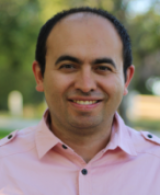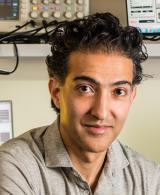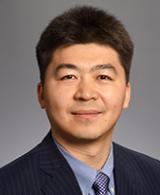Bioimaging refers to methods and instruments used to acquire, process and visualize structural or functional images of living objects or systems at desired spatial and temporal scales. Bioimaging can also refer to techniques to used visualize fixed biological samples. Image processing, data mining and big data analytics are important parts of bioimaging. Overall, bioimaging aims to not interfere with life processes. It is generally non-invasive and often provides information in real time. Visualization ranges from subcellular structures and cells to entire multicellular organisms, tissues and organs. Bioimaging uses electromagnetic and ultrasound waves as sources for imaging. Common imaging modalities include, but are not limited to, x-ray, computed tomography (CT), positron emission tomography (PET), magnetic resonance imaging (MRI), ultrasound, photoacoustics, optical coherence tomography, fluorescence and optical microscopy. Furthermore, contrast agents, therapeutic agents, molecular probes and nanosensors, which are used to understand biological processes at the molecular and cellular level and to develop novel diagnostic tools and innovative therapies, are indispensable in bioimaging.
Bioimaging can be used to create images of the whole body, anatomical areas, organs, tissues and biological markers down to the molecular level. It can be applied directly for clinical purposes, seeking to detect, diagnose, and characterize diseases, or to facilitate disease treatment and monitoring. In basic and medical sciences, bioimaging can be used to study normal anatomy and physiology and to gain information for research purposes. Cutting edge bioimaging research is integrative in nature and often requires multidisciplinary teams with expertise in biology, physics, chemistry, electrical engineering, mechanical engineering, biomedical engineering and other fields. Multi-modal (e.g., combined ultrasound and light imaging) and multi-scale (e.g., molecular to cellular to organ) imaging is often needed for advanced applications of bioimaging.































